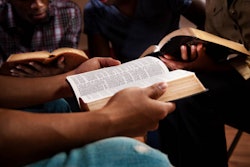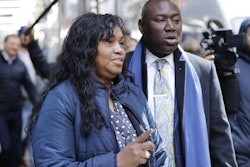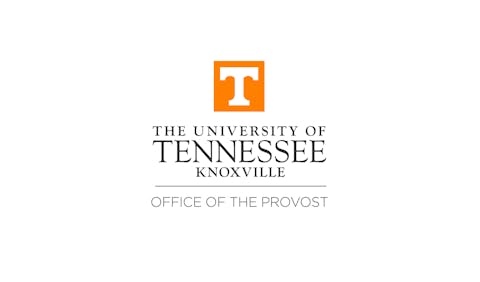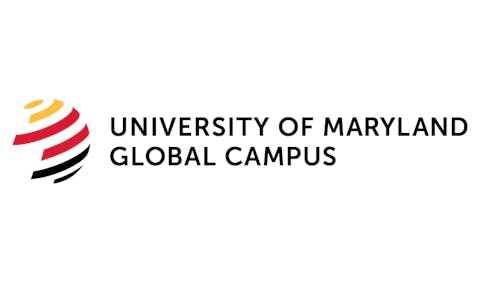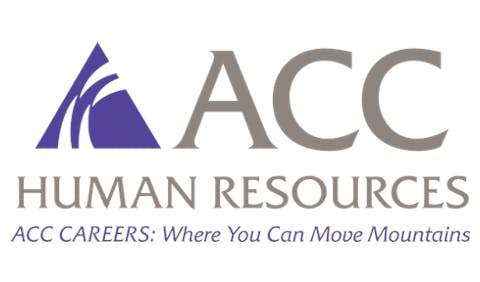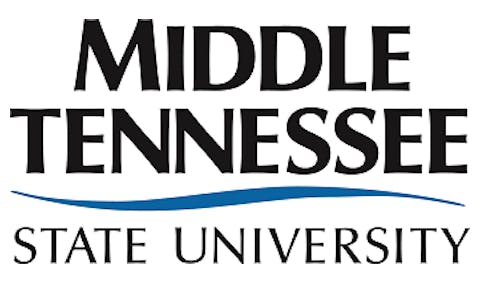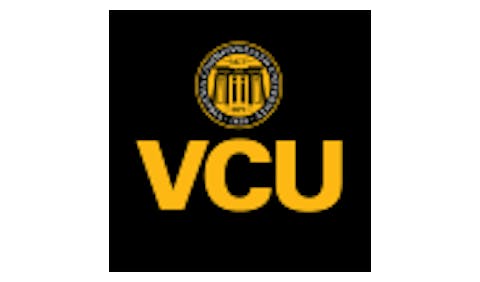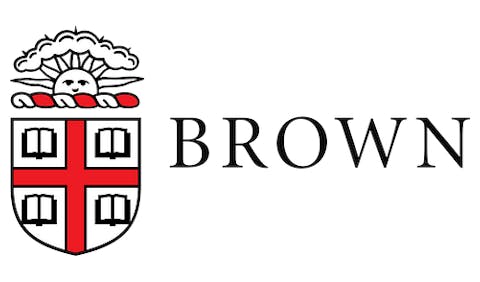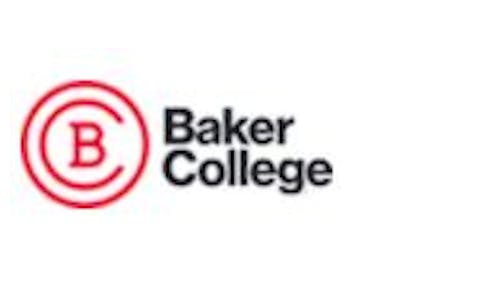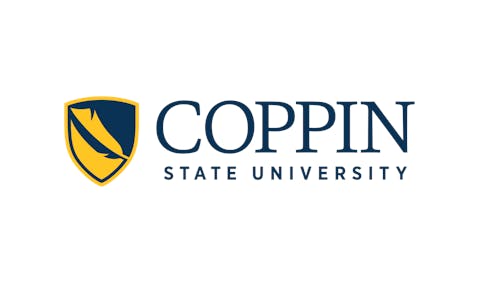High school activism is now commonplace in America. Students are no longer the leaders of tomorrow: they are the leaders of today. In response, colleges and universities have voiced their support of these students exercising their free-speech rights. However, in this process of expressing support for these select student protests, institutions give validation to which topics are okay to march for – and which are not.
Following the shooting at Marjory Stoneman Douglas High School, a movement began. Stoneman Douglas students soon organized around issues of gun violence and, by 2018, the March for Our Lives found roots in high schools across the nation. At 10 a.m. on March 14, high school students boldly took up signs and marched out of their schools to make a statement against gun violence for #NationalSchoolWalkout.
In the midst of this growing movement, questions arose about how students’ activism may affect their college admissions. However, colleges and universities around the U.S. responded swiftly and encouragingly, tweeting their support of these students and ensuring them that exercising their right of free speech would not be held against them in the admissions process. According to the National Association for College Admission Counseling (NACAC) database that tracks these institutions’ responses, nearly 300 institutions have issued statements as of this article.
While the sentiment regarding student free speech is appreciated, one can’t help but wonder: where were these institutions and their respective statements of support during the Black Lives Matter marches?
In 2012, students across South Florida walked out of school in protest of the Trayvon Martin case. These walkouts would signal what was to come in 2013 and 2014, as another movement had begun: Black Lives Matter, a movement that campaigns against violence and systemic racism toward Black people. Driven by the shootings of Trayvon Martin, Tamir Rice, Tanisha Anderson, Mya Hall, Mike Brown and countless others, Black Lives Matter walkouts and marches picked up steam in schools throughout the country as students protested cases of police brutality against Black citizens. Yet few, if any, institutions issued statements regarding student participation in nonviolent demonstrations at the time.
Moreover, Black Lives Matter is not the only movement that has been ignored by higher education. In 2016, another series of protests occurred at Standing Rock Indian Reservation regarding the Dakota Access Pipeline. For students who couldn’t make it to the reservation to protest, many organized their own walkouts to show support. In Minnesota, hundreds of students from high schools in the Twin Cities walked out to show their support for Standing Rock. But, yet again, colleges and universities were silent.
In fact, if we examine some of these institutions’ recent history, they have acted in stark contrast to what their recent statements may suggest. At The Ohio State University (OSU), the institution claims to support “everyone’s right to civic engagement” and promises that “disciplinary action related to lawful protest will not impact a student or applicant’s admissions outcome.” Yet, in a 2016 sit-in at OSU’s student union, administrators threatened student protesters with arrest and expulsion.




